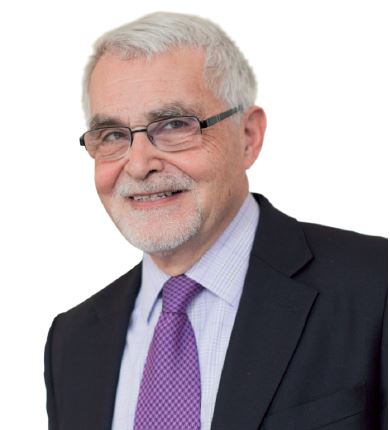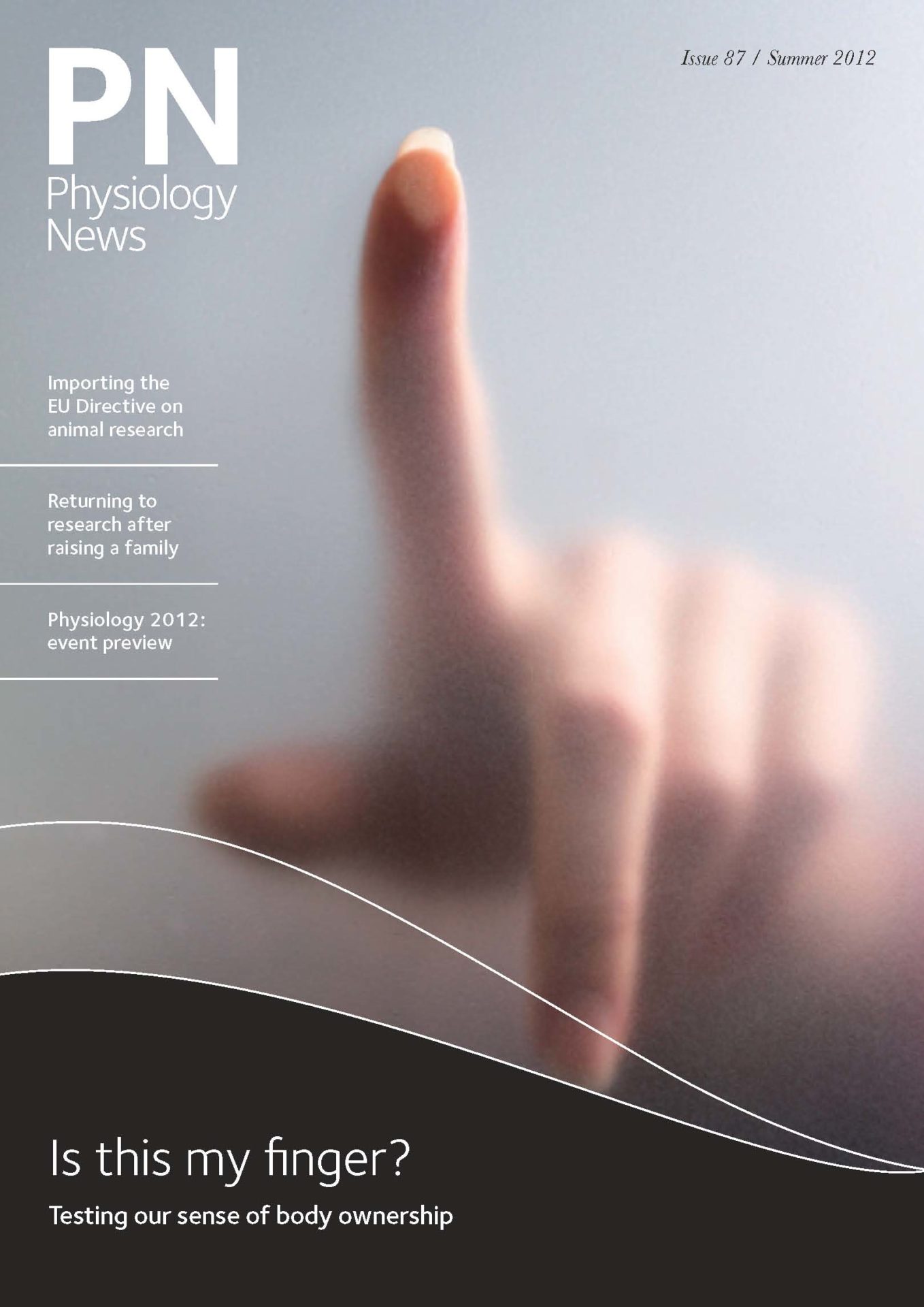
Physiology News Magazine
Editorial
News and Views
Editorial
News and Views
Mike Spyer
https://doi.org/10.36866/pn.87.5
As my term as President of The Society draws to its end, it is a good moment to reflect on what has been achieved over the last two years.

My predecessor, Clive Orchard, drove Council and Executive to develop a strategic plan for The Society and that, with modifications, is what has driven our activities over the subsequent period.
We have had some success in increasing the membership of The Society, and the benefits of membership have been sustained by increasing grant support and by enhancing The Society’s meetings, which represent the cornerstone of our activities. The educational and outreach programmes have similarly been given greater support and The Society has endeavoured to communicate with the membership in a more effective way through the use of active surveys and regular newsletter updates.
The academic environment in the UK is certainly not getting any easier, and pressures on both research and teaching are increasing. Accordingly, efforts are being made to engage with Ministers and senior figures in the research councils to foster awareness of the importance of physiological science in the context of commitments to ‘life sciences’ and ‘translational medicine’. In this we are working with cognate learned societies, particularly the Society of Biology and the Academy of Medical Sciences, but are concerned to ensure that we retain a separate and distinctive voice.
These activities require significant resources and The Society is fortunate that at this time it has sufficient funds to meet these challenges. The future is, however, less secure given that income from The Journal of Physiology is under threat from the growing clamour for open access publishing (OA) from research councils, the Wellcome Trust, NIH, government, and others. The financial impact of a change to OA is uncertain, but the Publications Task Force that was set up under Jonathan Ashmore’s chairmanship is conducting an in-depth review of The Society’s publishing activities. We have already reached one conclusion – we need to test the water in regard to OA. In line with our international strategy, we have embarked on much greater collaboration with the American Physiological Society (APS) and have decided to jointly launch a new OA journal in 2013. Full details of its structure, editorial policies and board remain to be defined, but you will be kept in informed of progress through Physiology News.
Physiology knows no borders and international collaborations are extensive at an individual and institutional level. In the past The Society has done much to foster physiology in developing countries and we seek to maintain this tradition. Support for attendance at meetings throughout the world is increasing for our Members and The Society is sponsoring sessions at numerous overseas meetings.
Our major task, however, remains IUPS 2013, where we have made a substantial financial commitment, but, even more, the personal commitment of members of the local organising and programme committees. This gives The Society the opportunity to both promote physiology in the UK and assist its development internationally. We have obtained a great level of support from many other societies, including APS, and I am confident that it will be an enormous success. It has, however, revealed the limitations of IUPS as an organisation to promote physiology. The Society recognises the importance of IUPS and its potential for promoting physiological sciences and international collaborations. Accordingly, we are playing a significant role in the debate about the future governance and direction of IUPS.
Over the last year, I have been chairing a Property Workforce, with external advisors as well as trustees, and the CEO. An exciting announcement on this work is in this issue (see p. 6).
This gives a flavour of the work of Executive and Council and the new opportunities that are afforded to The Society. I believe that Jonathan Ashmore has an excellent base from which to take The Society forward as our new President, and he certainly has an enthusiastic and skilled staff to implement The Society’s objectives.
